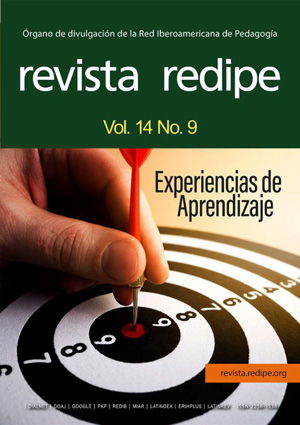The clinic that dances: Between Magritte´s cage and the rancho as shelter
Main Article Content
Keywords
Rancheada clinic, Body, Symbolic play, Ethics of care, Decoloniality, Subjectivity
Abstract
This text emerges from my own fissures and displacements within clinical practice. Inspired by The Therapist by Magritte— that immobile, caged figure I so often recognized in the corridors of educational and health institutions— I narrate my passage from a psychology that confined my body toward a practice that dances and opens itself to the open air. At the hearth of the rancho and in the postpartum wards, in my private clinical practice and also alongside my students, as a psychologist, apprentice doula, art therapist, and companion in children’s play, I have learned that the clinic does not need to watch over or correct, but to sustain and accompany. The clinic I dance is rooted in Jungian, Winnicottian, feminist, and decolonial threads (Jung, Winnitotte, Lévinas, Rolnik, Lugones, Benjamin), and is kindled in the memory of affections, in the trembling of the body, and in the shared word. I write from experience to affirm that subjectivity is not a rigid structure, but a living weave of movements and resonances, where care becomes both a ethical, political and poetic act, and where the soul finds the rhythm that no manual can contain.
References
Benjamin, J. (1988). The bonds of love: Psychoanalysis, feminism, and the problem of domination. New York: Pantheon Books.
Benjamin, J. (1996). Sujetos iguales, objetos de amor: Ensayos sobre el reconocimiento y la diferencia sexual. Paidós.
Cusicanqui, S. R. (2010). Ch’ixinakax utxiwa: Una reflexión sobre prácticas y discursos descolonizadores. Tinta Limón.
Huizinga, J. (2007/1938). Homo ludens: El juego como elemento de la cultura (4.ª ed.). Madrid: Alianza.
Jung, C. G. (1997/1957). La dinámica de lo inconsciente (Obras Completas, Vol. 8). Trotta.
Lévinas, E. (2002/1961). Totalidad e infinito: Ensayo sobre la exterioridad (2.ª ed., trad. D. Guillot). Salamanca: Sígueme.
Lugones, M. (2022). Peregrinajes/Pilgrimages: El pensamiento de María Lugones. Editorial Tinta Limón.
Magritte, R. (1937). El terapeuta [Óleo sobre lienzo].
Rolnik, S. (2019). Esferas de la insurrección: Apuntes para descolonizar el inconsciente. Tinta Limón.
Segato, R. (2003). Las estructuras elementales de la violencia. Universidad Nacional de Quilmes.
Whitehouse, M. (1963). The tao of the body. Journal of Analytical Psychology, 8(1), 63–68.
Winnicott, D. W. (2007/1971). Realidad y juego. Barcelona: Gedisa.



